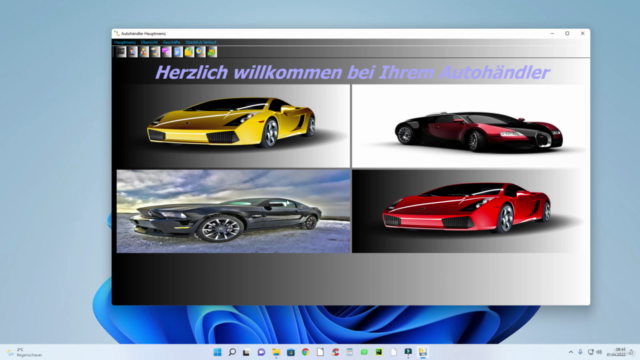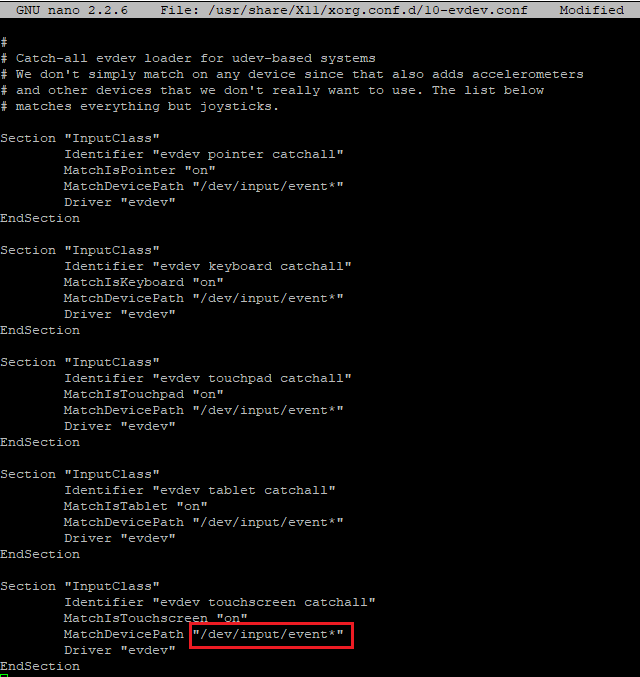

You can also build PyQt5 on Linux/macOS from the source code PyQt5 - What’s New
#PYQT5 CREATOR INSTALL#
To install development tools such as Qt Designer to support PyQt5 wheels, following is the command − The recommended way to install is using PIP utility − Wheels for 32-bit or 64-bit architecture are provided that are compatible with Python version 3.5 or later. The latest stable version is PyQt5-5.13.2. It is dual licensed, available under GPL as well as commercial license.
#PYQT5 CREATOR MAC#
PyQt is compatible with all the popular operating systems including Windows, Linux, and Mac OS. QtDesigner − Classes for extending Qt Designer QtWidgets − Classes for creating classic desktop-style UIs QtWebKit − Classes for rendering and editing HTML QtSvg − Classes for displaying the contents of SVG files QtSql − Classes for database integration using SQL QtScript − Classes for evaluating Qt Scripts QtNetwork − Classes for network programming QtMultimedia − Classes for low-level multimedia programming

QtGui − Graphical user interface components QtCore − Core non-GUI classes used by other modules In addition, there are modules for working with XML (QtXml), SVG (QtSvg), and SQL (QtSql), etc.Ī list of frequently used modules is given below − While QtCore module contains non-GUI functionality for working with file and directory etc., QtGui module contains all the graphical controls. PyQt API is a set of modules containing a large number of classes and functions. The latest version of PyQt can be downloaded from its official website − PyQt was developed by RiverBank Computing Ltd. It is a Python interface for Qt, one of the most powerful, and popular cross-platform GUI library. The message indicates a critical problem.įor example, the following creates a question dialog with Yes and No buttons.PyQt is a GUI widgets toolkit. You can also tweak the icon shown on the dialog by setting the icon with one of the following.
#PYQT5 CREATOR FULL#
The full list of available button types is shown below. Run it! You'll see a simple dialog with an OK button.Īs with the dialog button box we looked at already, the buttons shown on a QMessageBox are also configured with the same set of constants which can be combined with | (the binary OR operator) to show multiple buttons. For example, to show an OK and a Cancel button we used:įrom PyQt5.QtWidgets import QApplication, QDialog, QMainWindow, QMessageBox, QPushButton Qt will handle the order automatically, according to platform standards. You can construct a line of multiple buttons by OR-ing them together using a pipe ( |). These should be sufficient to create any dialog box you can think of. The full list of buttons available is below. The first step in creating a dialog button box is to define the buttons want to show, using namespace attributes from QDialogButtonBox. Messing around with these behaviors can be incredibly annoying to your users, so I wouldn't recommend it. You could of course choose to ignore this and use a standard QButton in a layout, but the approach outlined here ensures that your dialog respects the host desktop standards (OK on left vs. However, this is due to Qt's flexibility in handling dialog button positioning on different platforms. This is probably a bit more involved than you were expecting. The next block of code is concerned with creating and displaying the dialog buttons. setWindowTitle(), exactly the same as we did for our main window. First we set a title for the QDialog using.

As for the QMainWindow we apply our customizations in the class _init_ block so our customizations are applied as the object is created. In the above code, we first create our subclass of QDialog which we've called CustomDialog. Message = QLabel("Something happened, is that OK?") QBtn = QDialogButtonBox.Ok | QDialogButtonBox.Cancel To customize the QDialog we can subclass it. Let's fix that by adding a dialog title and a set of OK and Cancel buttons to allow the user to accept or reject the modal. Like our very first window, this isn't very interesting. We'll see later how you can use threads & processes to get you out of this pickle. Don't start a dialog and expect anything else to happen anywhere else in your app.

The QDialog completely blocks your application execution. That’s not a coincidence: when you exec the QDialog an entirely new event loop - specific for the dialog - is created. exec() - just like we did for QApplication to create the main event loop of our application. Once we have created the dialog, we start it using. Run it! Click the button and you'll see an empty dialog appear. From PyQt5.QtWidgets import QApplication, QDialog, QMainWindow, QPushButtonīutton = QPushButton("Press me for a dialog!")ī(self.button_clicked)


 0 kommentar(er)
0 kommentar(er)
